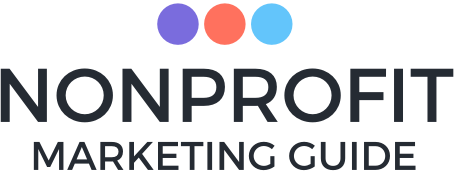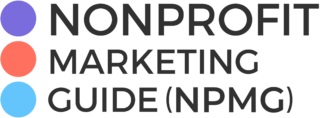
All of the software programs you use to do your marketing and communications (and fundraising too) are called your martech or your marketing stack.
It’s a great idea to review your marketing stack annually to make sure you are
- still using everything you are paying for
- using what you are paying for to the fullest
- canceling auto-renew subscriptions on things you aren’t using
- evaluating what features you really need and reviewing whether the current stack is meeting those needs
- ensuring that individual parts of the stack are playing nicely and integrating as they should
- checking out new providers and solutions to see if they can streamline what is spread out over multiple software programs now
- eliminating overlaps and conflicts about how different parts of the stack are used
- simplifying whenever possible!
I like to do this in December when I am already doing a year-end bookkeeping and budget review. That way, I can look for all of the annual charges that I may have forgotten about before they renew.
Need some specific examples of what to think about? Here are a few scenarios we are familiar with at Nonprofit Marketing Guide . . .
When one new piece of software replaces another, and what else falls from that.
This year, we moved our learning center out of Learn Dash in WordPress to a hosted solution called Thinkific. So not only did we get rid of Learn Dash, but there were many WordPress plugins that we used alongside it. Even though we have deactivated and deleted the plugins, we might still have auto-renewals out there, so we need to confirm those are all canceled.
And while we were able to drop several plugins, we also had to increase our reliance on Zapier. So we need to keep an eye on those automations more often now.
When the functionality of software changes, especially when new features are added.
We were paying for a “link in bio” service for Instagram, but now that you can include links in Instagram Stories, we are just using that feature and occasionally changing the actual link in the bio, instead of paying for a service to manage links.
Also look at software that you use for only one specific thing. Over time, odds are high that the one task can now be accomplished in multiple ways with different software. So maybe you don’t really need that special solution anymore. This also goes for any custom coding you may have had done — new software may now be doing that task better than your custom solution.
When you’ve gone overboard with your big plans and need to dial it back to reality.
You may have signed up for fancy project management software, for example, only to realize that you are using it as a glorified to-do list and calendar. Cancel it like we did and use your regular office suite. (Do not take this as a slam on project management software! Many of you need to upgrade out of your office suite and into project management for your editorial calendars!)
Where should you begin?
The first step in any audit is the inventory. Write down every piece of software you use, what you use it for, and how they are connected.
Next, you assess their value. Are you getting results for the price you are paying? Could you get even more value for the current price?
At the same time, assess the challenges. Where is this software letting you down? What are the challenges?
From there, depending on what you find, you can start discussing your next steps.






